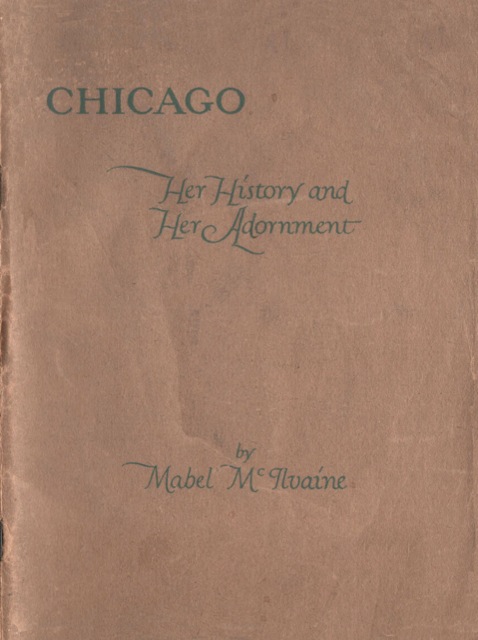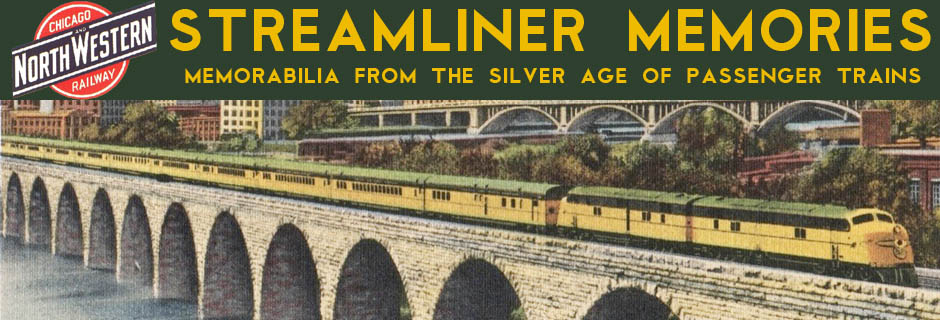For students and others who lived east or south of Chicago, the Columbia River Historical Expedition began in Chicago on the morning of Thursday, July 15. Echoing the subject of the students’ oratory, they heard a lecture from historian and Chicago Historical Society librarian Caroline McIlvaine about the French Pioneers in the Chicago area.

Expedition members received this ornate itinerary with 35 pages of information about the trip. Click image to download an 11.7-MB PDF of this program.
After lunch at “Mrs. Potter’s Tea Room” (probably referring to Mrs. Palmer’s Tea Room, a restaurant in the Palmer House, one of Chicago’s top hotels), the group made rather brief visits to the Chicago Art Institute, Field Museum, and Lincoln Park before boarding a train that departed Union Station at 6 pm.

Click image to download an 18.9-MB PDF of this booklet. A smaller (3.7-MB) version is available from archive.org.
As detailed in a report published by the Minnesota Historical Society, people joining the expedition in Chicago were given copies of a little book titled Chicago: Her History and Her Adornment by Mabel McIlvaine, Caroline’s younger sister who had written several books on the history of Chicago. This is a peculiar choice, as the book is more about changes in women’s fashions than about Chicago itself. The book contains numerous drawings of generic-looking women wearing clothing from various time periods, all of which are carefully labeled with the names of high-class Chicago women, but in fact none of the drawings look like any of these women.
Instead of being published by the Great Northern, this booklet came from C.D. Peacock, a Chicago jewelry store that still exists (click on “1926” at the above link). It is possible that the Great Northern gave the book to expedition members simply because it was free; or perhaps GN executives thought that women on the tour would enjoy this book more than a typical history book. Peacock probably printed tens of thousands of them and it is unlikely that any particular copy went on the Columbia River Special.
